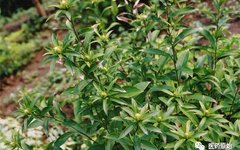Atractylodes is the dried rhizome of the Asteraceae family plant, Mao Cang Zhu (Atractylodes lancea (Thunb.) DC.) or Bei Cang Zhu (Atractylodes chinensis (DC.) Koidz.). It is harvested in spring and autumn, cleaned of soil, dried, and the fibrous roots are removed.
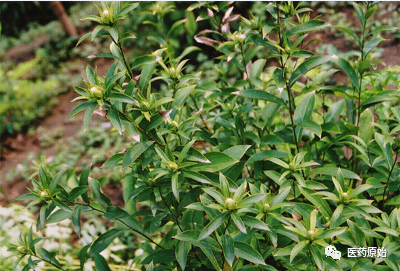
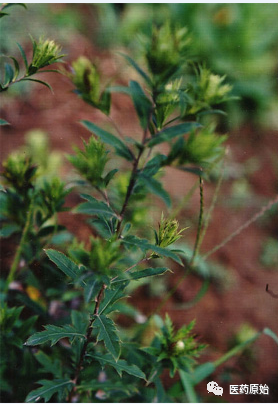
【Characteristics】Mao Cang Zhu is irregularly bead-like or nodule-shaped, slightly curved, occasionally branched, 3-10 cm long, and 1-2 cm in diameter. The surface is gray-brown, with wrinkles, transverse grooves, and residual fibrous roots, with the apex showing stem scars or remnants of the stem base. It is solid, with a cross-section that is yellow-white or gray-white, scattered with numerous orange-yellow or brown-red oil chambers, and can yield white needle-like crystals upon prolonged exposure. It has a distinctive aroma, with a slightly sweet, spicy, and bitter taste.
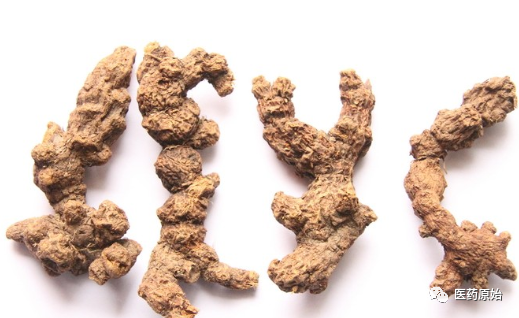
Bei Cang Zhu is nodule-like or cylindrical, 4-9 cm long, and 1-4 cm in diameter. The surface is black-brown, turning yellow-brown when the outer skin is removed. It is relatively loose, with a cross-section scattered with yellow-brown oil chambers. The aroma is milder, with a spicy and bitter taste.
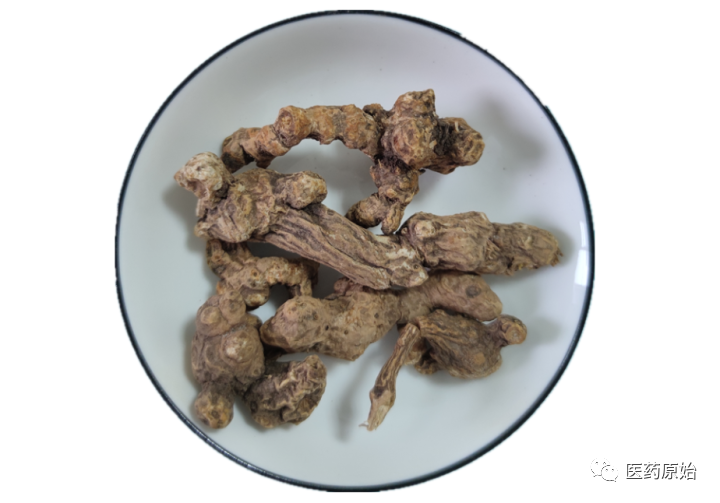
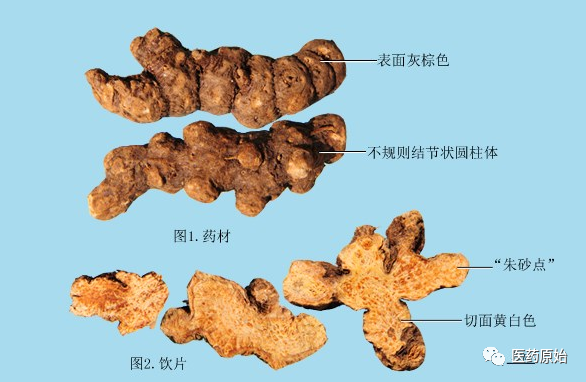
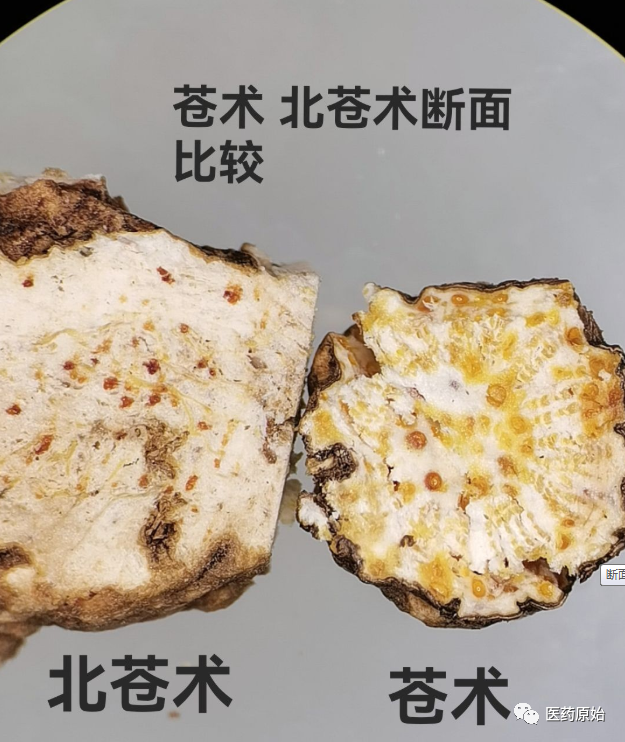
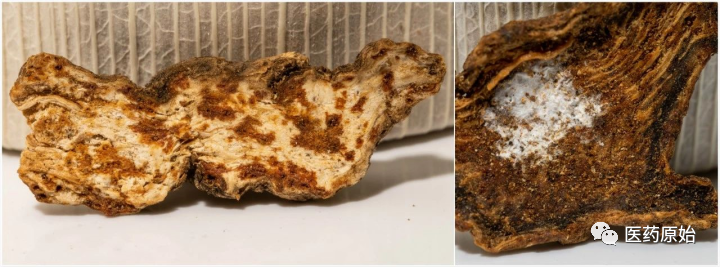
【Regional Variants】 1. Guan Cang Zhu is the rhizome of the Asteraceae plant Guan Cang Zhu (Atractylodes japonica Koidz.ex Kitam.). The dried rhizome is often nodule-shaped, 4-12 cm long, and 1-2.5 cm in diameter, with a deep green surface. It is lighter in weight, with an uneven break surface and fibrous texture. It has a distinctive aroma and a slightly bitter taste. This product is produced in the northeastern region and is used locally as Cang Zhu, while in Japan, Korea, and South Korea, it is often used as Bai Zhu.
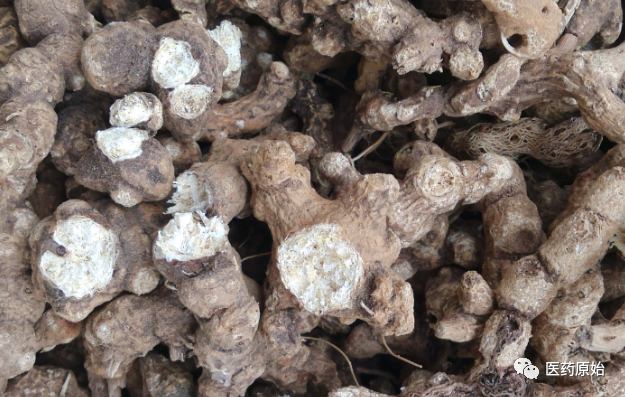
2. Chao Xian Cang Zhu is the rhizome of the Asteraceae plant Chao Xian Cang Zhu (Atractylodes kOReana (Nakai) Kitam.). It is mainly produced in Korea, with a small amount found in Liaoning and Jilin in China, used locally as Cang Zhu and not forming a major commodity.
Additionally, in southern China, there are similarly named variants known as Tu Cang Zhu and Hong Cang Zhu, which are not true Cang Zhu and should be carefully distinguished.
【Processing】Cang Zhu is cleaned of impurities, washed, soaked, cut into thick slices, and dried.【Characteristics】 The product appears as irregularly round or thick slices. The outer skin is gray-brown to yellow-brown, with wrinkles, and sometimes root marks are visible. The cut surface is yellow-white or gray-white, scattered with numerous orange-yellow or brown-red oil chambers, and some may yield white needle-like crystals. It has a distinctive aroma, with a slightly sweet, spicy, and bitter taste.
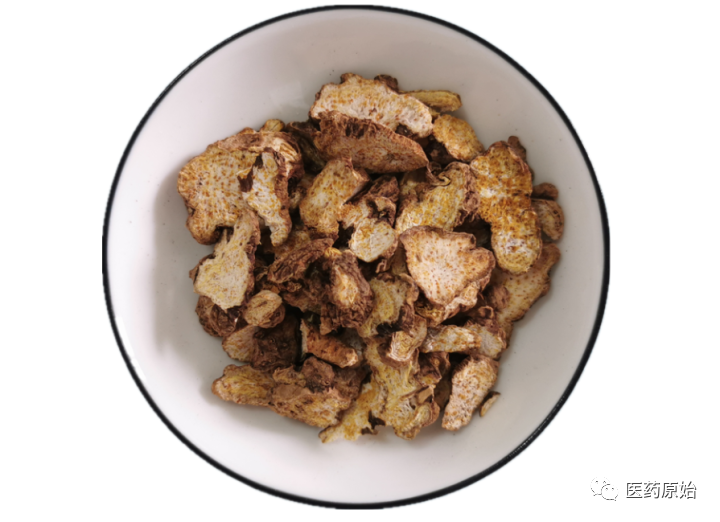
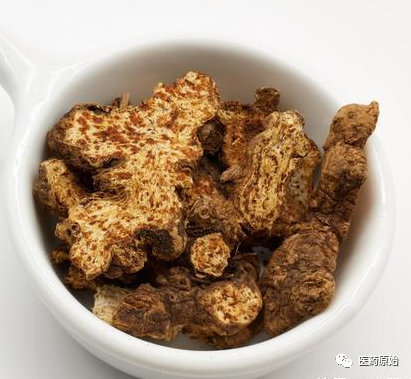
Fried Cang Zhu is made by taking Cang Zhu slices and frying them until the surface turns deep yellow.【Characteristics】 The product resembles Cang Zhu slices, with a deep yellow surface, scattered with numerous brownish oil chambers, and has a roasted aroma.
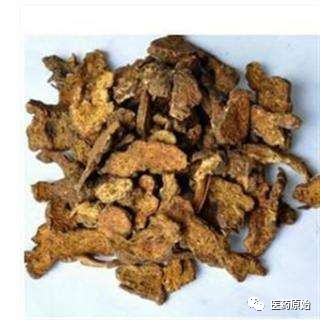
【Chemical Components】
The rhizome of Mao Cang Zhu contains 5%-9% volatile oil. The main components of the oil are Cang Zhu Alcohol, β-eucalyptol, Cang Zhu Su, and Cang Zhu Ketone. The rhizome of Bei Cang Zhu contains 3%-5% volatile oil, with the main components being Cang Zhu Alcohol, Cang Zhu Ketone, Cang Zhu Su, Mao Zhu Alcohol, β-eucalyptol, and α-bisabolol. It also contains Cang Zhu Dihydrol and Acetyl Cang Zhu Dihydrol.
【Pharmacological Effects】
(1) Adjusting gastrointestinal motility: Cang Zhu decoction and Cang Zhu alcohol extract can significantly relieve acetylcholine-induced intestinal spasms in rabbits within a certain dosage range, and have a certain antagonistic effect on adrenaline-induced intestinal motility inhibition. The Cang Zhu alcohol extract can also counteract acetylcholine and barium chloride-induced gastric smooth muscle spasms in rats, while having a mild excitatory effect on normal rat gastric smooth muscle. The Cang Zhu acetone extract, β-eucalyptol, and Mao Zhu Alcohol have significant antagonistic effects on contractions induced by methacholine, Ca2+, and electrical stimulation in rats. The Cang Zhu acetone extract significantly promotes charcoal propulsion in mice. In a model of spleen deficiency diarrhea induced by senna leaf decoction, the Cang Zhu decoction has a significant antagonistic effect on enhanced intestinal propulsion.
(2) Anti-ulcer: Cang Zhu has a strong anti-ulcer effect. Experiments have shown that both Mao Cang Zhu and Bei Cang Zhu significantly inhibit ulcers, gastric juice volume, total acidity, total digestive capacity, and gastric mucosal damage in models of pyloric ligation ulcers, pyloric ligation-aspirin ulcers, and stress-induced ulcers. The mechanism of the anti-ulcer effect of Cang Zhu is believed to involve two main aspects:
① Inhibition of gastric acid secretion: The Cang Zhu alcohol in Bei Cang Zhu can inhibit the release of steroid hormones, reducing the stimulation of gastric acid secretion by steroid hormones. The β-eucalyptol contained in Mao Cang Zhu has an anti-H2 receptor effect, which can inhibit gastric acid secretion and counteract the stimulating effect of corticosteroids on gastric acid secretion.
② Enhancing gastric mucosal protective effects: Bei Cang Zhu can increase blood flow to gastric mucosal tissues, and the amino hexose extracted from Cang Zhu promotes gastric mucosal repair. Guan Cang Zhu (A.japonica) can significantly increase the content of amino hexose in gastric juice and mucosa, thereby enhancing gastric mucosal protective effects.
(3) Liver protection: Cang Zhu, β-eucalyptol, Mao Zhu Alcohol, and Cang Zhu Ketone have significant preventive effects against liver cell damage induced by CCL4 and D-galactosamine. Additionally, the Cang Zhu decoction significantly promotes protein synthesis in mouse liver.
(4) Antibacterial: Cang Zhu extract has the ability to eliminate the R plasmid of drug-resistant Shigella flexneri, reducing the development of bacterial resistance. Soaking Cang Zhu in 95% ethanol for 10 hours, then igniting it until it turns to ash, significantly reduces the number of bacterial colonies in the air of a sterilized operating room compared to before sterilization. However, early in vitro studies did not find significant antibacterial effects of Cang Zhu water decoction.
Other effects of Cang Zhu
(1) Effects on blood sugar: Cang Zhu decoction administered via gastric gavage or alcohol extract administered subcutaneously can increase blood sugar levels in normal rabbits, but has a hypoglycemic effect on alloxan-induced diabetic rabbits. The water extract of Cang Zhu can reduce hyperglycemia induced by streptozotocin in rats. Some studies suggest that the effective components of Cang Zhu and adenine nucleotides competitively inhibit each other in the same mitochondria, thereby inhibiting intracellular oxidative phosphorylation and interfering with energy transfer processes.
(2) Anti-hypoxia: In a potassium cyanide-induced hypoxia model in mice, the Cang Zhu acetone extract at 750 mg/kg administered via gastric gavage can significantly prolong the survival time of mice and reduce their relative mortality. The main active component of Cang Zhu against hypoxia is β-eucalyptol.
(3) Central inhibition: Mao Cang Zhu, Bei Cang Zhu, β-eucalyptol, and Mao Zhu Alcohol have sedative effects on mice, inhibiting their spontaneous activity. The extracts of Mao Cang Zhu and Bei Cang Zhu can enhance barbiturate sleep effects, with the main pharmacologically active components being β-eucalyptol and Mao Zhu Alcohol.
(4) Anti-tumor: The volatile oil of Cang Zhu, Mao Zhu Alcohol, and β-eucalyptol at 100 mg/ml have inhibitory effects on esophageal cancer cells, with Mao Zhu Alcohol showing stronger effects.
(5) Promoting bone calcification: Cang Zhu contains vitamin D related to calcium and phosphorus absorption, and its volatile oil promotes bone calcification. The volatile oil of Bei Cang Zhu can improve symptoms in rickets-affected chicks to some extent.
(6) Effects on the cardiovascular system: Cang Zhu has a mild inhibitory effect on frog hearts and a mild dilatory effect on frog hind limb blood vessels. Low-dose intravenous injection of Cang Zhu extract can slightly increase blood pressure in rabbits, while high doses can decrease blood pressure.
【Taste and Meridian Affinity】 Spicy, bitter, warm. It enters the Spleen, Stomach, and Liver meridians.
【Functions and Indications】 Dries dampness, strengthens the Spleen, dispels wind and cold, and brightens the eyes. It is used for damp obstruction in the middle burner, abdominal distension, diarrhea, edema, beriberi, rheumatic pain, wind-cold common cold, night blindness, and blurred vision.
【Dosage and Administration】 3-9 g.
【Storage】 Store in a cool, dry place.

